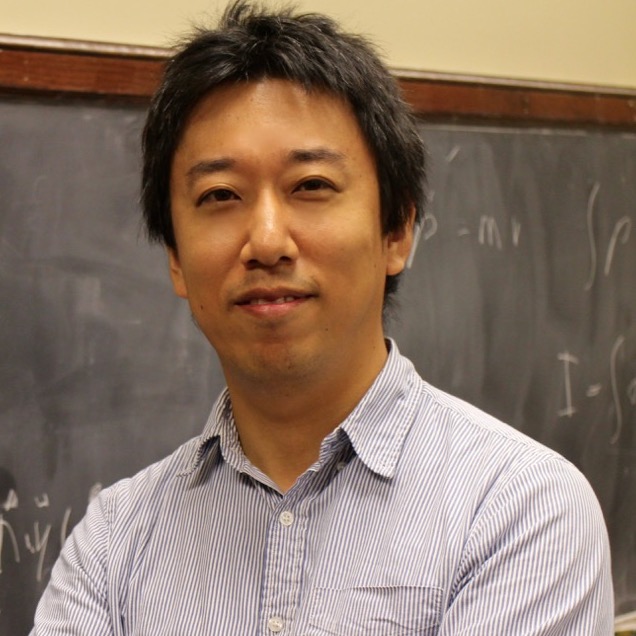Gravitational-Wave Cosmology
A gravitational wave is the distortion (wave) of spacetime that propagates at the speed of light. Its existence had been predicted long ago by general relativity, but it was extremely challenging to observe directly. For a long time, direct detection remained elusive. In 2015, gravitational-wave detectors in US finally made the first detection of gravitational waves generated by the merger of binary black holes. Gravitational waves are believed to be generated not only by celestial objects such as binary black holes and neutron star binaries but also by high-energy and violent phenomena in the early universe, such as inflation, phase transitions, and reheating. In our group, we study various aspects, including the early universe, the evolution of the universe thereafter, and the exploration of fundamental particles beyond the standard model through gravitational wave observations.









